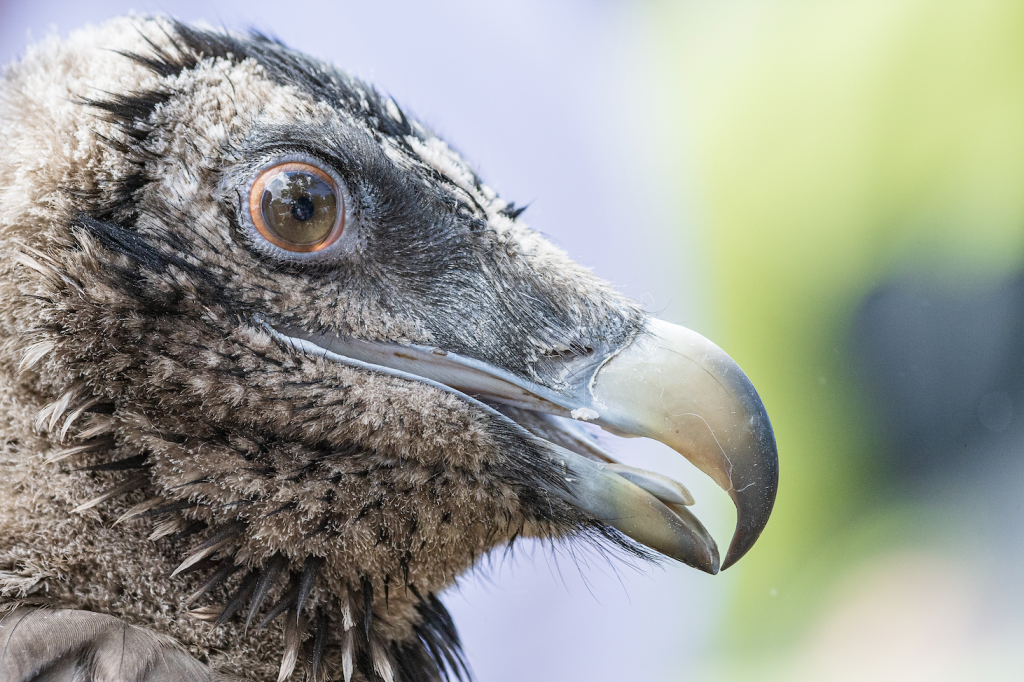How do Bearded Vultures build their nest in the wild? In the framework of the GypRescue LIFE project, webcameras have been installed in wild nests in Corsica, to follow from close the breeding season and identify the main threats hindering reproductive success. A new YouTube channel is now available for all vulture lovers…! Today, we share with you some moments of a lovely pair building their nest.

Securing the Bearded Vulture population in Corsica
Corsica is home to an important Bearded Vulture population, one of the last surviving genetic pool of a former meta-population that included several islands and the Alps. However, the Corsican Bearded Vulture population has suffered a steep decline in the past 25 years. To secure the surviving population and its unique genetic pool, the Vulture Conservation Foundation (VCF), along with our partners in Corsica, Parc Naturel Régional de Corse (PNRC), and other international organisations, helped devise an emergency action plan to address the drastic decline of the species on the island.
With the LIFE GypRescue project, we are able to maximise our efforts. To strenghten the population, captive-bred juveniles are released on the island, coming from the Bearded Vulture captive-breeding Network (Bearded Vulture EEP), coordinated by us at the VCF. The project also includes securing the genetic pool, through egg collection and inclusion in the Bearded Vulture EEP. Local partners are also working to increase the efficiency of artificial feeding, securing dangerous power lines and raising awareness for the importance of safeguarding the species.


Wild Bearded Vultures in Corsica building the nest
In this video, from November 2023, you can see two adults preparing the nest with branches and wool. While the branches prevent the egg to roll off, the collected wool will give thermic comfort. It is delightful to also see how the pair is caring for each other, engaging in mutual allopreening. They use their beaks to groom and clean the feathers of another, strengthening their bond.
Webcams on nests to understand threats
The annual monitoring of the Bearded Vulture population has revealed recurrent nesting failures. The main problems detected include:
- Behaviour: if the couple performs welll during incubation, eggs are trampled, senility of individuals
- The young lammergeier falls out of the nest.
- Depredation: predation of eggs or of a young bird in the nest by ravens or golden eagles
- Food for the chicks: insufficient quantity and/or quality
- The hatching phase. Hatching or not?
- Human disturbance close to the nests
Identifying the causes of these failures is vital, as it would enable conservation measures to be directed and prioritised. To do so, the team, with the support of the company , have installed cameras in the nests. A non-invasive measure that allows the daily monitoring of some Bearded Vulture pairs. The WEBCAM GYPAETE project is an opportunity to get fresh insights from the species’ behavihour in the wild, and complements the monitoring carried out in the field.
The PNRC installed a camera in a Bearded Vulture nest at Popolasca (Castiglione commune) in the Autumn 2023. Other cameras will be installed in 2024. The images collected will be analysed in detail and shared in the new YouTube channel “Corsican Bearded Vulture” https://www.youtube.com/@GypaeteCorse.
The LIFE GypRescue project

Led by Parc naturel régional de Corse, in collaboration with Ligue pour la Protection des Oiseaux, Direction des systèmes énergétiques insulaires, Fédération des Chasseurs de la Corse du Sud and us at the Vulture Conservation Foundation, the LIFE GYPRESCUE project (LIFE20 NAT/FR/001553) came to life in 2021 to prevent the extinction of the Bearded Vulture in Corsica. The project team strives to increase the population through restocking actions, improve the natural reproduction and boost the island’s nesting capacity for the species, while preventing human-related disturbance and mitigating threats to reduce mortality.
